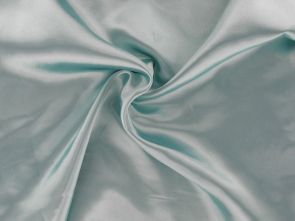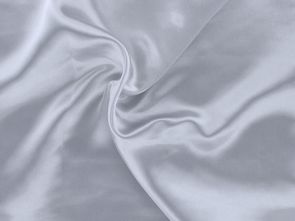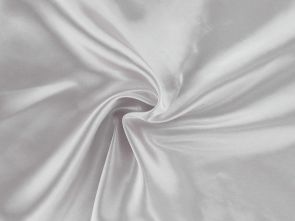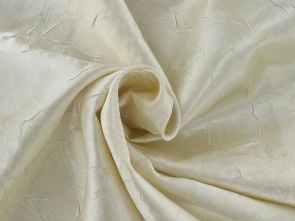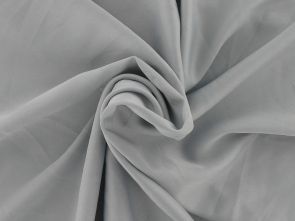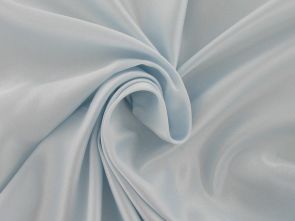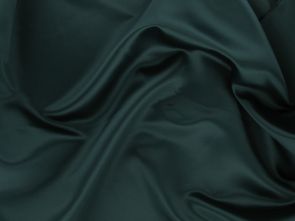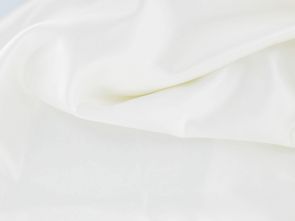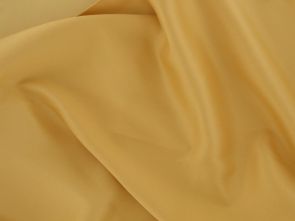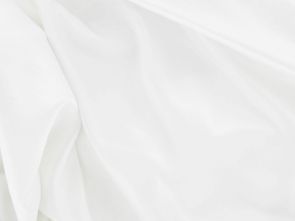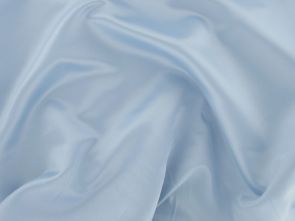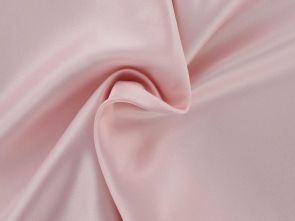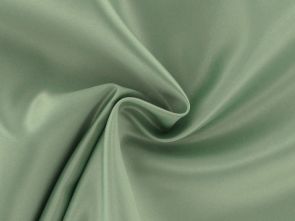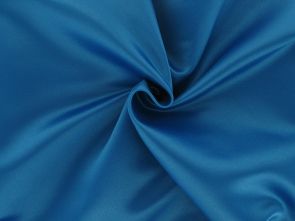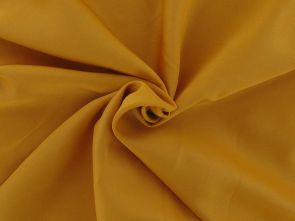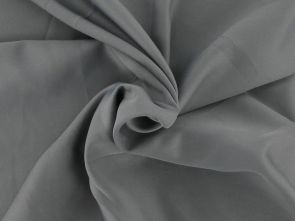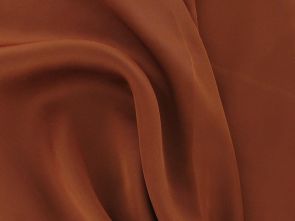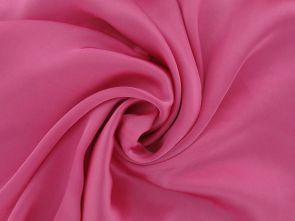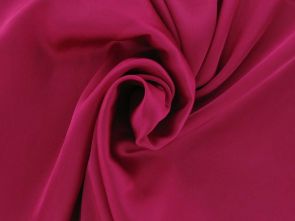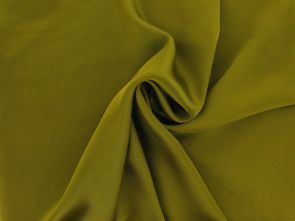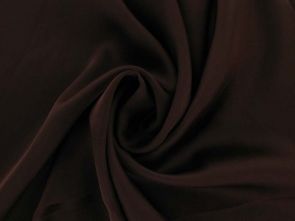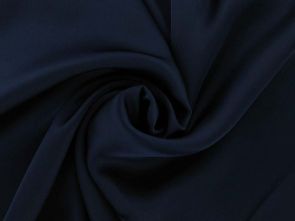Satin Fabric
Satin Fabric: The Bridal Elegance Personified
Satin, a fabric often synonymous with luxury and opulence, holds a distinguished position in the world of textiles. Its smooth, lustrous surface and rich texture make it a favored choice for events that call for a touch of extravagance. Among all its applications, satin's role in the world of weddings and bridal wear is truly unparalleled.
Historical Elegance
Historically, satin was derived from silk, making it one of the costliest fabrics. Originating from China, the luxury of satin traveled through the Silk Road, reaching the grand courts of Europe. Its luminous quality made it a favorite among royalty, and it came to represent nobility and elegance. Today, while still embodying those royal connotations, modern manufacturing techniques mean satin can be produced from not only silk but also acetate, polyester, and nylon.
Satin in Bridal Wear
When envisioning a quintessential bridal gown, many imagine the gentle shimmer and soft drape of satin. Its ability to reflect light gives bridal gowns a unique glow, amplifying the bride's radiance. Satin's smooth texture allows it to fall over the body in a flattering manner, making it versatile enough to suit various gown silhouettes, from voluminous ball gowns to figure-hugging mermaids.
Beyond the main bridal gown, satin finds its presence in bridesmaid dresses, offering a complementary elegance. The fabric's graceful drape also makes it ideal for flowing bridal capes or sophisticated stoles, providing both style and warmth for cooler wedding days.
Additionally, satin’s versatility extends to bridal accessories. Shoes, gloves, and even delicate clutches crafted from satin display a cohesive aesthetic. Not to forget, the allure of satin veils, which add a layer of mystique to the bride’s ensemble, and satin sashes that cinch the waist, enhancing the bridal silhouette.
For those looking to infuse cultural or traditional elements into their weddings, satin works seamlessly. Be it the richly embroidered Indian sarees or the ornate cheongsams of China; satin serves as a beautiful base fabric that pairs well with intricate embellishments and embroidery.
Beyond Apparel
But satin’s role in weddings doesn’t end with attire. This fabric graces the decor scene, turning ordinary settings into dreamy venues. Think of satin table runners laid atop rustic wooden tables or grand satin drapes cascading down the walls of a reception hall. The fabric's sheen catches the ambient lighting, creating a romantic and ethereal atmosphere.
Caring for Satin
For a fabric that plays such a pivotal role in significant moments, care is paramount. Whether it’s the cherished bridal gown or the heirloom satin accessories, proper maintenance ensures they last for generations.
-
Cleaning: Always check the care label first. While many modern satins, especially those made from synthetic fibers, can be machine washed, traditional silk satins require more delicate care. For bridal gowns, professional dry cleaning is often recommended.
-
Storing: Satin garments, especially bridal wear, should be stored in a cool, dry place. Using a garment bag protects the fabric from dust, moisture, and potential discoloration. Avoid folding to prevent creases; instead, hang garments using padded hangers.
-
Ironing: Satin is prone to scorching, so if you must iron it, use the lowest heat setting. A safer alternative is to use a steamer. If ironing, always place a cloth between the iron and the satin to prevent direct contact.
-
Avoiding Stains: Given its smooth surface, liquids can easily roll off satin, but it's always best to act quickly if there’s a spill. Blot, don’t rub, to lift off any spills. For tricky stains on a bridal gown, consult a professional cleaner.
Satin stands out as an embodiment of luxury and sophistication. Its historic ties to royalty, combined with its modern adaptability, make it a go-to fabric for events that seek to merge tradition with contemporary elegance. For weddings, especially in the realm of bridal wear, satin remains an evergreen choice, bringing dreams and visions to life. When cared for with the reverence it deserves, satin pieces become keepsakes, treasured across time and generations.

